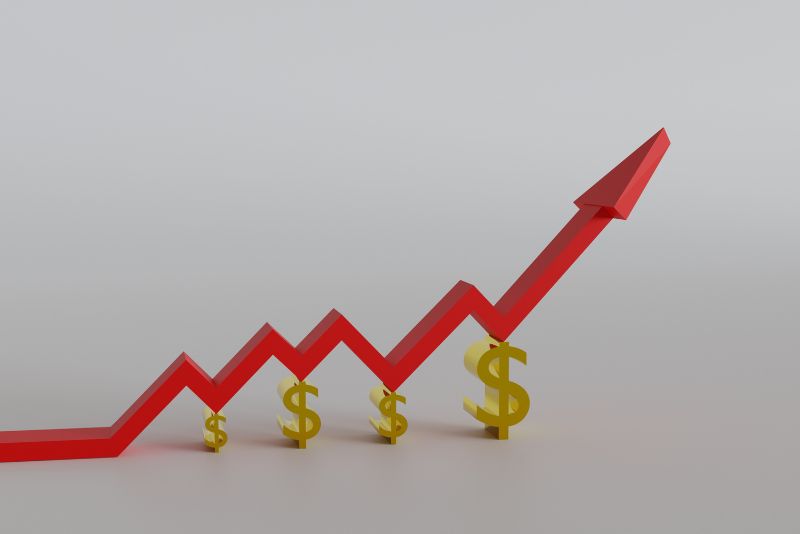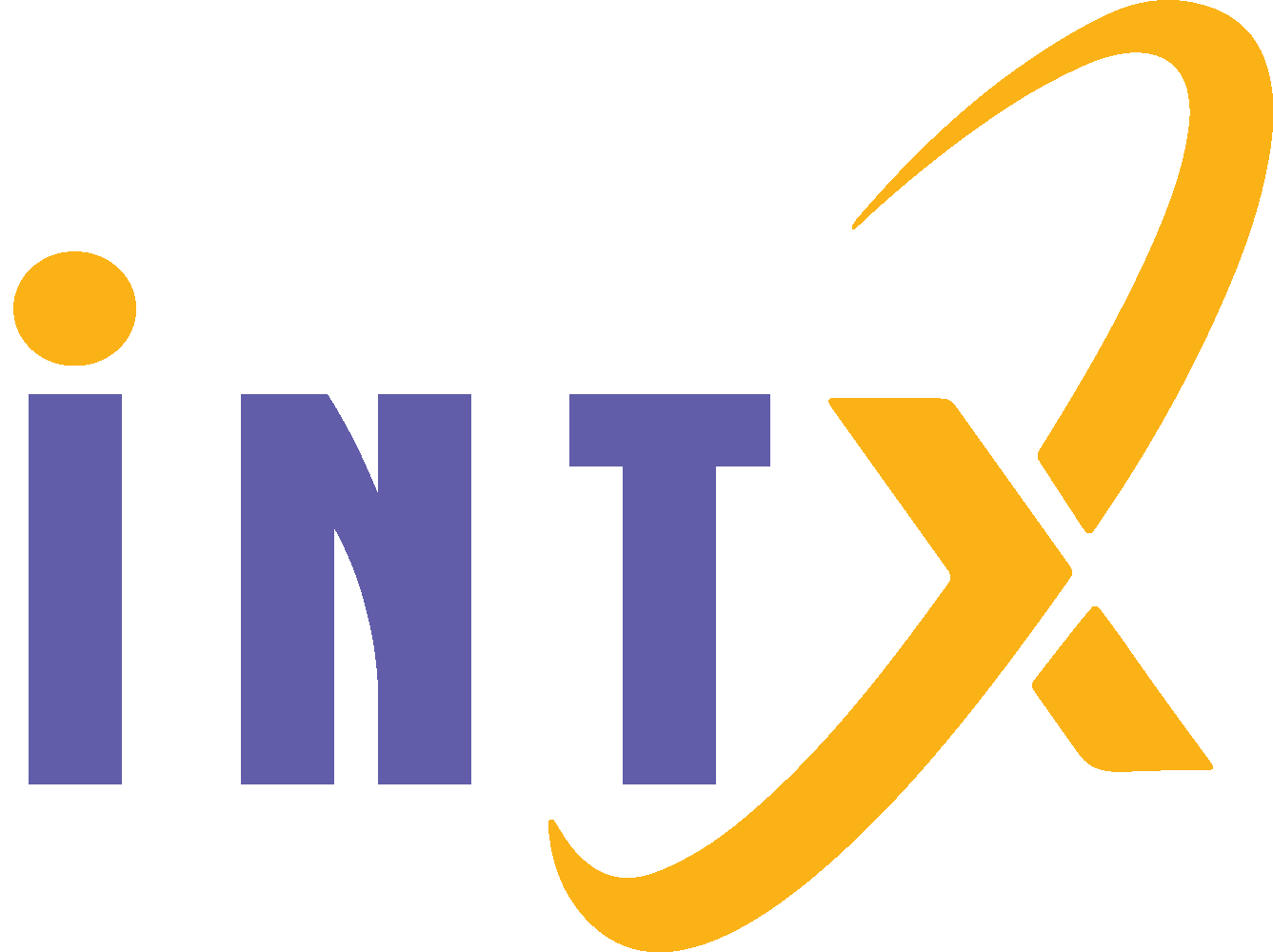Subtotal 0 ₫
The Shifting Sands of Consumer Spending: Navigating Inflation and Economic Uncertainty

In the ever-evolving landscape of the global economy, two formidable forces have come to the forefront, shaping and reshaping the way consumers interact with the marketplace: inflation and economic uncertainty. These twin challenges have triggered a profound shift in spending patterns, testing the resilience of both individuals and businesses alike.
At the heart of this dynamic lies the eroding power of the consumer’s dollar. As the prices of goods and services continue to rise, driven by inflationary pressures, individuals are forced to make difficult choices, prioritizing their essential needs over discretionary spending. This newfound frugality has far-reaching implications, touching every corner of the marketplace and challenging the traditional models of consumer behavior.
Three Key Factors Driving the Impact on Consumer Spending
1. Declining Consumer Confidence

One of the most visible impacts of inflation and economic uncertainty is the decline in consumer confidence. When faced with the prospect of higher prices and an uncertain future, individuals tend to become more cautious in their spending habits, opting to save rather than splurge. This shift in sentiment can have a ripple effect throughout the economy, as reduced consumer demand leads to a slowdown in economic growth and potential layoffs.
Moreover, the uneven distribution of the inflationary burden further complicates the situation. Certain demographic groups, such as low-income households and retirees on fixed incomes, are disproportionately affected, as a larger portion of their budgets is dedicated to essential expenses like food and energy. This asymmetric impact can exacerbate existing socioeconomic disparities and create additional challenges for policymakers seeking to address the broader economic challenges.
2. Shifting Spending Patterns

In response to the pressures of inflation and economic uncertainty, consumers are employing a variety of strategies to maintain their purchasing power. Some are opting for generic or store-brand products, while others are prioritizing essential purchases and cutting back on discretionary spending. The rise of online shopping and the gig economy has also provided consumers with more flexibility and opportunities to find cost-effective alternatives.
This shift in spending patterns has far-reaching consequences for businesses, as they navigate the delicate balance between maintaining profit margins and appealing to cost-conscious consumers. Companies are forced to adjust their pricing, production, and distribution strategies to remain competitive, potentially leading to further disruptions in supply chains.
3. Implications for Businesses

The impact of inflation and economic uncertainty on consumer spending extends beyond individual behavior, as businesses too are forced to adapt to these changing market conditions. Companies must carefully consider how to respond to the evolving needs and preferences of their customers, while also ensuring the long-term sustainability of their operations.
One potential strategy for businesses is to focus on value-added products and services, offering consumers compelling reasons to prioritize their offerings over lower-priced alternatives. This may involve enhancing the quality, durability, or functionality of their products, or providing complementary services that enhance the overall customer experience.
Alternatively, some businesses may opt to diversify their product portfolios, catering to a wider range of consumer segments and price points. This approach can help mitigate the risk of relying on a single market segment, especially during times of economic volatility.
Additionally, businesses may need to explore innovative cost-saving measures, such as streamlining their supply chains, optimizing their operations, or leveraging technology to enhance efficiency. By taking a proactive and adaptable approach, companies can position themselves to weather the storm of inflation and economic uncertainty, while continuing to meet the evolving needs of their customers.
Navigating the Path Forward

As policymakers and economic leaders grapple with the complexities of this challenging environment, the need for innovative solutions and collaborative efforts becomes increasingly apparent. From targeted fiscal and monetary policies to initiatives that promote financial literacy and consumer empowerment, a multifaceted approach will be essential in mitigating the long-term consequences of inflation and economic uncertainty on consumer spending.
One potential avenue for policymakers is to explore ways to alleviate the burden on the most vulnerable consumer segments, such as through targeted tax credits, subsidies, or income support programs. By addressing the asymmetric impact of inflation, these measures could help to restore a sense of financial stability and confidence among those most heavily affected.
Additionally, efforts to enhance financial education and consumer awareness can empower individuals to make more informed decisions about their spending and savings. By equipping consumers with the tools and knowledge to navigate the complexities of the current economic landscape, policymakers can help to foster a more resilient and adaptable consumer base.
Collaboration between the public and private sectors will also be crucial in navigating the path forward. Businesses can play a key role in this process, not only by adapting their strategies to meet the evolving needs of consumers but also by partnering with policymakers to develop solutions that address the broader economic challenges.
Ultimately, the impact of inflation and economic uncertainty on consumer spending is a testament to the interconnected nature of our global economy. By understanding and addressing the root causes of these challenges, we can work towards a more resilient and equitable economic landscape, one that fosters sustainable growth and empowers consumers to navigate the uncertainties of the future with confidence.

